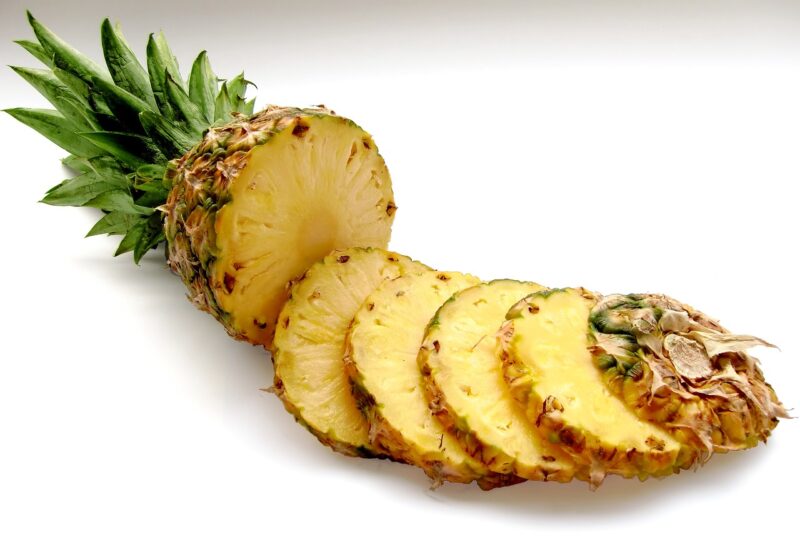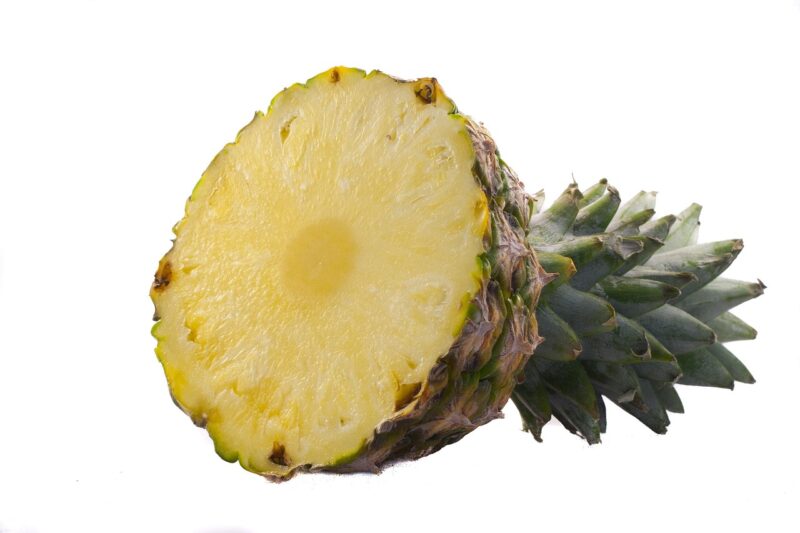In this extensive guide, we’ll explore the ins and outs of planting a pineapple top, the science behind it, and the joy of nurturing your own exotic fruit. Get ready for an adventure in gardening!
Can You Plant a Pineapple Top?
Yes! You certainly can plant a pineapple top. This method has gained popularity among home gardeners and DIY enthusiasts alike because it’s simple, fun, and eco-friendly. Instead of discarding the top of your pineapple after you’ve enjoyed its fruit, you can propagate it and watch it grow into a new plant. Many people find joy in this process, as it gives them insight into the wonders of nature and growth.
Preparing Your Pineapple Top
The success of your pineapple-growing endeavor depends significantly on how you prepare the crown (the top leaves) of the pineapple. Here’s a step-by-step guide on how to do it properly:
Selecting the Right Pineapple
Start by selecting a healthy pineapple. Look for one that feels heavy for its size and has fresh green leaves without any signs of wilting. The fruit should have a nice golden color at the base, indicating ripeness. Avoid any pineapples with brown or black spots, as they may be overripe or starting to rot.
Cutting the Top
Once you’ve chosen your pineapple, it’s time to cut the top off. Use a sharp knife to slice about an inch below the leaves to ensure you get the entire crown with some of the fruit’s flesh attached. Make sure to cut cleanly to avoid damaging the crown or leaving any bruised areas that could hinder rooting.
Removing Excess Flesh and Leaves
After cutting, you’ll want to remove any flesh attached to the crown. This step helps to prevent rot during the rooting process. Gently peel away the fruit and any lower leaves, making sure to leave a few inches of stem. It’s normal for the inner leaves to look a bit brown; this is part of the natural process.
Rooting Your Pineapple Top
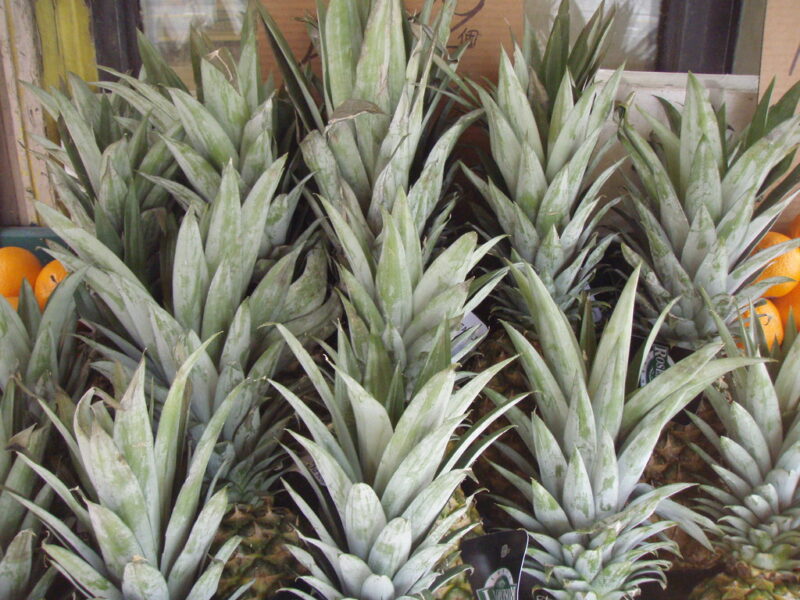
Now that you have your prepared pineapple top, it’s time to get it rooted. There are a couple of popular methods you can choose from: the water method and the soil method. Let’s dive into each one.
The Water Method
Place in Water: Fill a glass or jar with water (enough to submerge the base of the crown but not so much that it covers the leaves). Place the pineapple top in the water with the cut end submerged.
Find a Sunny Spot: Set the jar in a warm area with indirect sunlight. Avoid placing it in direct sunlight as this can cause the leaves to scorch while the roots are forming.
Change Water Regularly: Change the water every few days to prevent stagnation and for best results. In approximately 2-3 weeks, you should start to see roots developing.
Transplanting: Once the roots are about 2-3 inches long, it’s time to transplant your pineapple top into the soil.
The Soil Method
Prepare Your Pot: Use a small pot with drainage holes and fill it with a well-draining potting mix. A soil mix designed for cacti or succulents works well, as it prevents excess moisture retention.
Planting the Crown: Stick the base of the pineapple top into the soil about an inch deep, making sure the leaves are above the soil line.
Watering: Give it a gentle watering to settle the soil around the roots but don’t saturate it. Ensure the pot has good drainage as pineapple plants prefer drier conditions.
Location: Place the pot in a warm spot with lots of natural light. A sunny windowsill is usually ideal.
Understanding the Pineapple Plant
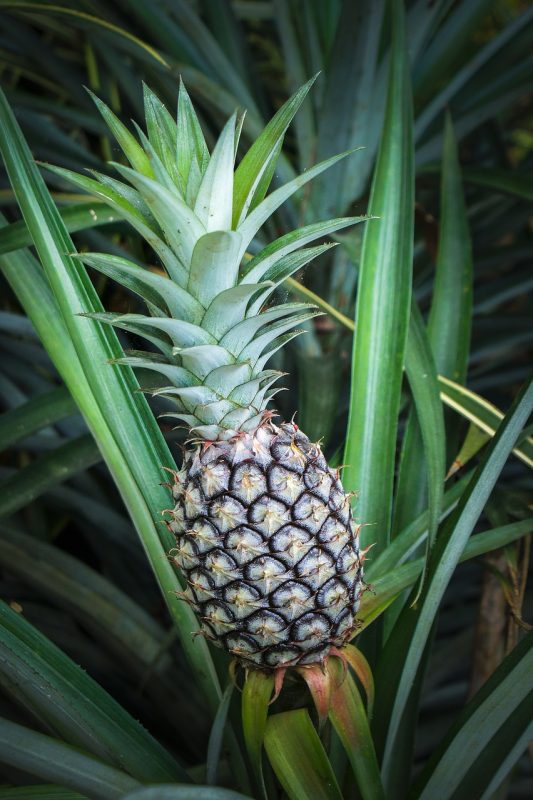
Before we dive into the planting process, it’s essential to understand the pineapple plant itself. Scientifically known as Ananas comosus, pineapples are members of the Bromeliaceae family. They’re native to South America and thrive in warm climates. The plant can grow up to 5 feet tall and produces a single delicious fruit that typically takes about 18 to 24 months to mature.
Pineapples are unique because they are the only edible member of the bromeliad family that produces fruit and can be cultivated easily in various environments. Their sharp spiky leaves and rosette structure make them stand out among most houseplants. Having a pineapple plant not only adds aesthetic value to your home but also enhances your gardening experience.
Caring for Your Pineapple Plant
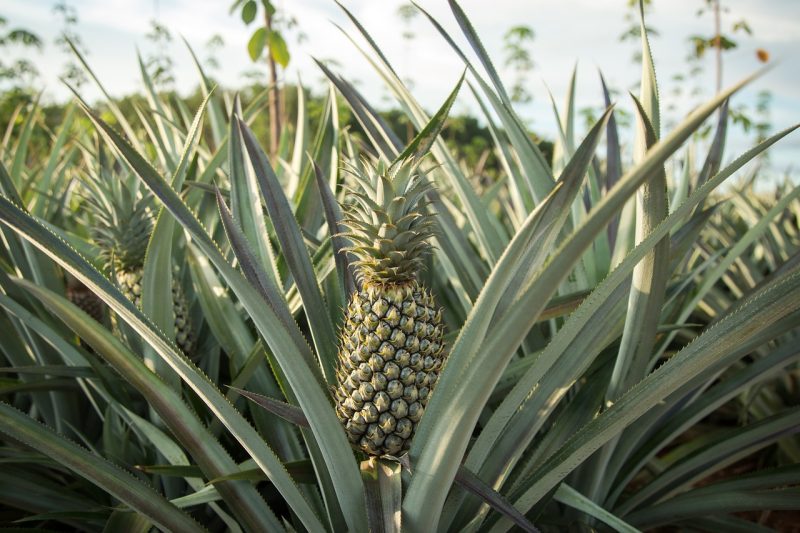
Once your pineapple top is planted, it’s essential to provide proper care to ensure healthy growth. Here’s what to focus on:
Watering Needs
Pineapple plants thrive in well-draining soil, and overwatering can be detrimental. Water your plant thoroughly but allow the soil to dry out between waterings. During the growing season (spring and summer), you may need to water more frequently, while in the winter, the plant requires less moisture.
Light Requirements
Pineapples enjoy bright, indirect sunlight. While they can tolerate direct sun, too much exposure can lead to leaf burn. If you notice the leaves turning brown or crispy at the edges, it may be a sign of too much sun. If growing indoors, turning the pot occasionally can help ensure even exposure to light.
Fertilizing Your Pineapple
Fertilizing your pineapple plant can boost its growth. Use a balanced liquid fertilizer every month during the growing season. A diluted fertilizer designed for houseplants or a slow-release fertilizer suitable for tropical plants works wonderfully. Be careful not to over-fertilize, as this can harm your plant.
Pests and Diseases
Pineapples are relatively resilient to pests, but they can be susceptible to mealybugs and aphids. Regularly inspect your plant for signs of infestation. If you spot any pests, you can use a gentle soap solution or neem oil to treat them. Additionally, ensure your pineapple is not sitting in waterlogged soil, as this could lead to root rot.
The Wait for Fruit
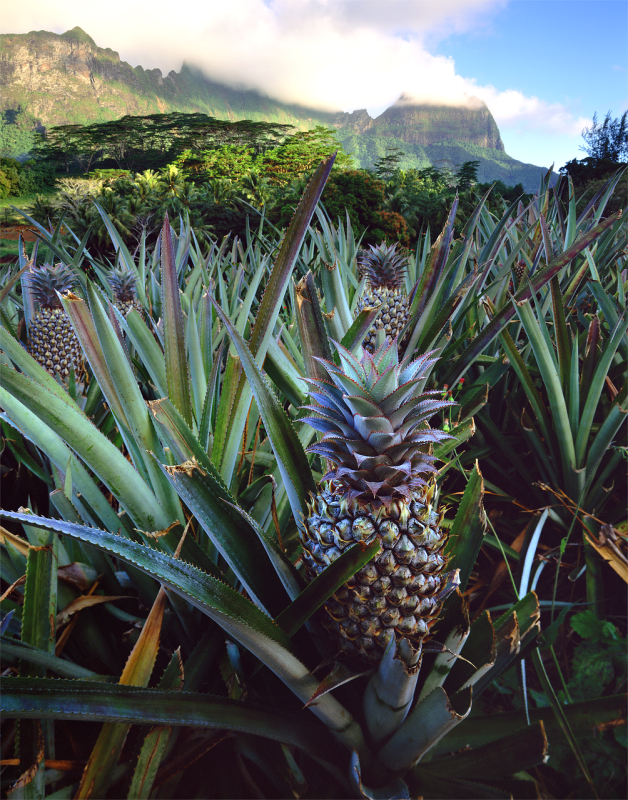
After successfully planting your pineapple top and caring for it, the next question arises: when can you expect fruit? Patience is key here, as pineapple plants usually take 18 to 24 months to produce fruit.
Once your plant reaches maturity, you may see a flower stalk emerge from the center. The flowering process is fascinating because the tiny flowers will eventually fuse to create the pineapple fruit. The fruit will take some time to develop, so keep an eye on it and continue to care for your plant.
As your pineapple grows, you’ll notice it changing in appearance. It will start with a small flower that slowly expands to form the beautiful, prickly fruit we all know and love. Once the pineapple turns golden-yellow, it’s a good indication that it’s ripe and ready for harvest!
Growing Pineapples Indoors vs. Outdoors
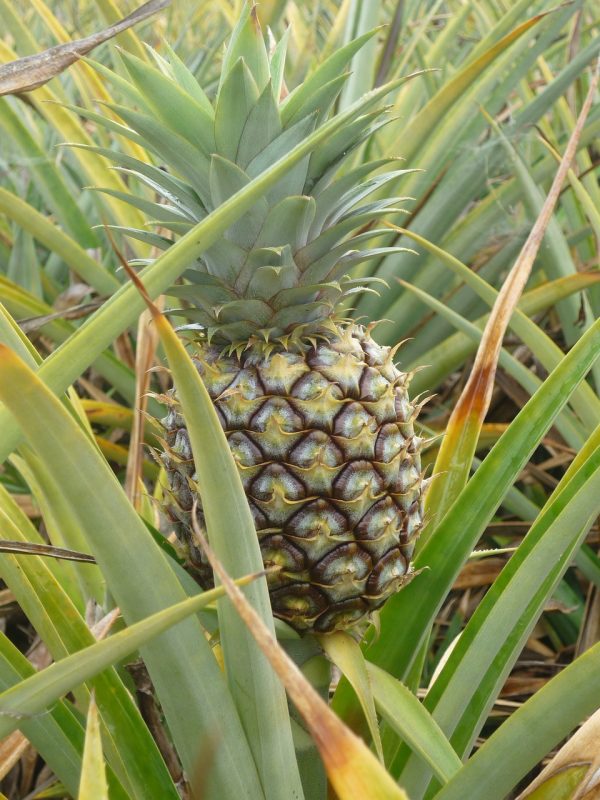
While it’s certainly possible to grow pineapples indoors, doing so comes with its own considerations.
Indoor Growth
If you’re growing your pineapple indoors, keep it in a bright spot where it can receive ample sunlight. Make sure your pot has good drainage, and monitor the humidity levels, especially if you’re in a drier climate. Indoor plants may require a bit more attention in terms of temperature and light, so find a comfortable indoor spot, ideally near a south-facing window.
Outdoor Growth
If you’re lucky enough to live in a warm climate (zones 10-11), you can grow your pineapple outdoors! Pineapples thrive in full sun and well-drained soil. When planting outdoors, ensure that they have enough space to spread out, as they can grow quite large. Providing some shade during the hottest parts of the day can also be beneficial to prevent stress from the sun’s intensity.
Troubleshooting Common Issues
Despite your best efforts, you might encounter some challenges along the way. Here are common issues and what you can do about them:
Yellowing Leaves
If your pineapple plant’s leaves start to yellow, it could be a sign of overwatering or nutrient deficiency. Check the soil to ensure it’s draining well, and reduce watering frequency if needed. If you suspect a lack of nutrients, consider fertilizing your plant.
Wilting Leaves
Wilting leaves can indicate underwatering or inadequate humidity levels. Ensure your plant is getting enough water but avoid saturated soil. If you’re in a dry climate, consider misting the leaves occasionally or using a humidity tray.
Root Rot
This is a significant concern for pineapple plants, especially if they’re planted in soil that retains too much moisture. If you suspect root rot, remove the plant from the pot, trim away any mushy roots, and allow it to dry out before repotting in fresh soil.
Enjoying Your Pineapple Harvest
Once your pineapple is ripe and ready for harvest, it’s time to enjoy the fruits of your labor! Carefully cut the fruit from the plant using a sharp knife, making sure to leave a bit of the crown intact if you want to harvest another pineapple from the same plant eventually.
When enjoying your homegrown pineapple, you’ll likely find it tastes even sweeter than store-bought options. You can eat it fresh, use it in smoothies, or incorporate it into your favorite recipes. Sharing your fresh pineapples with friends and family is also immensely rewarding, allowing you to share your gardening triumphs!
Conclusion
Planting a pineapple top is not just a fun gardening project but also a journey into the world of plant propagation. By following the steps outlined in this guide, you can nurture your own pineapple from crown to fruit, embracing both the challenges and triumphs along the way. Each stage brings a unique experience, from rooting the crown to witnessing the slow transformation of a flower into a fruit.



